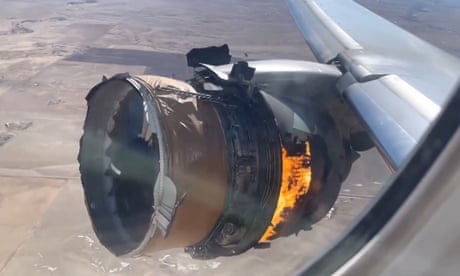BY KAREN GRAHAM
Richmond - State lawmakers gave final approval on Monday to legislation that will end capital punishment in Virginia, a dramatic turnaround for a state that has executed more people than any other, dating back to Colonial time
The House bill advanced to Governor Ralph Northam's desk on Monday on a 22-16 vote. Republican Sen. Jill Vogel joined with Democrats in the chamber in voting for passage. Later Monday, the House voted 57-43 to approve the Senate version, which is identical to the House bill.
Governor Northam has already said he would sign the legislation, abolishing capital punishment in Virginia, making the state the 23rd to end the death penalty, reports The Guardian.
Only two people remain on Virginia's death row. Anthony Juniper was sentenced to death in the 2004 slayings of his ex-girlfriend, two of her children, and her brother, according to the Associated Press. Thomas Porter was sentenced to die for the 2005 killing of a Norfolk police officer.
Once the legislation is signed, their sentences will be converted to life in prison without parole.
"Over Virginia’s long history, this Commonwealth has executed more people than any other state. And, like many other states, Virginia has come too close to executing an innocent person. It’s time we stop this machinery of death," said Northam and Democratic leaders of the House and Senate in a prepared statement, per the Richmond Times-Dispatch.
Virginia's long history of executions
Historically, Virginia has executed over 1,400 people, more than any other state, with the first recorded execution in what is now the United States, taking place in Jamestown Colony in Virginia. Captain George Kendall was executed for treason.
In 1612, Virginia Governor Sir Thomas Dale enacted the Divine, Moral and Martial Laws, which provided the death penalty for even minor offenses such as stealing grapes, killing chickens, and trading with Indians.

The Herb Garden at Old Donation Episcopal Church, Virginia Beach, Virginia, USA, showing the memorial stone to Grace Sherwood. The stone was dedicated July 10, 2014.
PumpkinSky
Here's an interesting story. In 1706, Grace Sherwood, a 46-year-old midwife was charged with being a witch. She lived in what today is the rural Pungo neighborhood in Virginia Beach, and she later became known as “The Witch of Pungo.”
She was accused of using her powers to cause a neighbor to miscarry and dunked into the Lynhaven River - where she floated, proving she was guilty. She was the only person to be tried for witchcraft using the "dunking stool," and of course, if she had drowned, it would have proven her innocence.
But seeing as she didn't drown, Sherwood may have been jailed until 1714. On July 10, 2006, then Gov. Timothy M. Kaine gave an informal pardon to Grace Sherwood, who 300 years ago became Virginia’s only person convicted as a witch tried by water.
Read more: http://www.digitaljournal.com/news/politics/virginia-lawmakers-approve-bill-ending-capital-punishment/article/585904#ixzz6nHClUbpP





